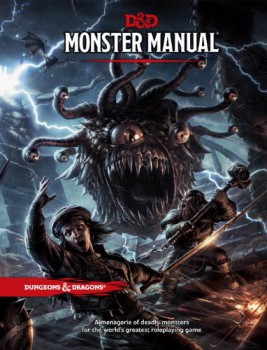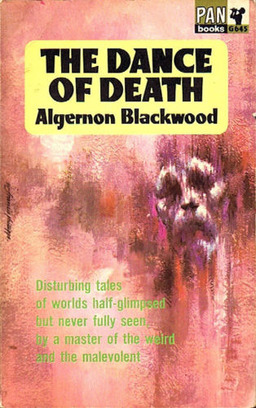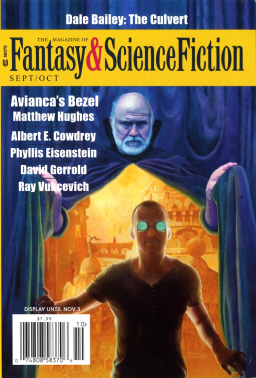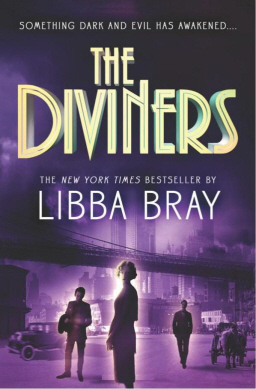New D&D Monster Manual Unleashed on the World
 A fantasy roleplaying game is defined as much by the caliber of the villains and monsters as it is by the caliber of the players and heroes. Though Dungeons & Dragons has always been driven primarily by the imagination of the Dungeon Master and the players, the fact is that you can usually get only so far with just the Player’s Handbook (Amazon). It has the basic rules mechanics for playing the game, but lacks the array of exotic monsters necessary to populate – and threaten – the fantasy world that the characters are exploring.
A fantasy roleplaying game is defined as much by the caliber of the villains and monsters as it is by the caliber of the players and heroes. Though Dungeons & Dragons has always been driven primarily by the imagination of the Dungeon Master and the players, the fact is that you can usually get only so far with just the Player’s Handbook (Amazon). It has the basic rules mechanics for playing the game, but lacks the array of exotic monsters necessary to populate – and threaten – the fantasy world that the characters are exploring.
With the arrival of the new 5th edition D&D Monster Manual (Amazon), that gap has now been alleviated. This book contains a beautifully-illustrated 350 pages of monsters, adversaries, and maybe even a few allies to introduce flawlessly into 5th edition games. The name really says it all; it is a manual full of monsters. There’s an appendix of “Miscellaneous Creatures” and one of “Nonplayer Characters” which are also useful, but there is one stand-out mechanic introduced that is worth mentioning in its own right, for those who might be wondering if the book is worth picking up.
Legendary Creatures
The manual contains a class of “Legendary Creatures” which “can take special actions outside their turns, and a few can exert power over their environments, causing extraordinary magical effects to occur in their vicinity.” In addition to these “legendary actions,” legendary creatures also sometimes come along with a lair, which gives the legendary creature ability to take extra “lair actions” and may have ambient powers, representing how the legendary creature’s power has physically warped the terrain of the lair.








